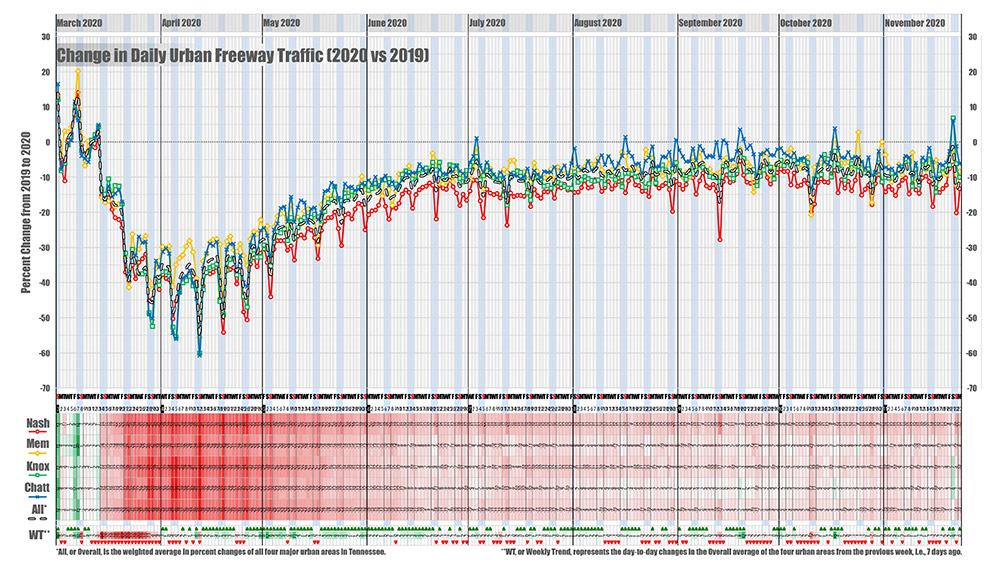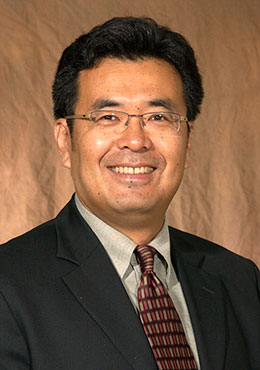
A TDOT report on the change in daily urban freeway traffic between 2019 and 2020 helped Governor Bill Lee issue an upgrade to his “safer at home” order in March 2020.
Highlights
- Crowdsourced traffic data holds promise for saving taxpayer money while providing accurate, real-time roadway information.
- Professor Lee Han is evaluating WAZE for Cities on behalf of the Tennessee Department of Transportation.
- Accurate traffic data plays a critical part of public policy and can extend outside of transportation engineering.
Anyone who comes to a slowdown on the highway and then opens up the WAZE app—regardless of whether they input any details about the traffic—is contributing to an increasingly reliable source of data used by transportation researchers like CEE Professor Lee Han.

Lee Han
“Good traffic operations depend on good traffic information,” said Han. “We can supplement the data collected by TDOT’s existing sensors with this kind of crowdsourced data. So, we’re looking at different technologies to save money for the state and to obtain better traffic information.”
The data collected by WAZE for Cities is stripped of all details about the user except the timestamp, GPS location, and the comment volunteered by the user about the road conditions. This information is then sent within minutes to the Tennessee Department of Transportation (TDOT) for traffic operation purposes and for research.
Traditional sources of traffic incident data come from manually collected police reports, as well as TDOT’s own sensors. But Han said that it can take police longer to arrive at the scene to file a report than WAZE users reporting right from the scene.
Additionally, while TDOT has previously invested in hundreds of radar sensors in the field, they need to be maintained routinely to stay accurate and they are only deployed in limited locations. WAZE for Cities, on the other hand, is wherever the users are and is free, for now.
Because the real-time data collected from WAZE allows users to give additional details about traffic crashes, congestion, and work zones, and incidents, it can potentially offer the agency a more complete and timelier picture of why there is congestion, as well as how bad it is.
The novelty of real-time crowdsourcing is that it gives a virtually immediate snapshot of driving conditions in the field. This time savings could result in more efficiency in responding to traffic incidents and removal of roadway hazards.